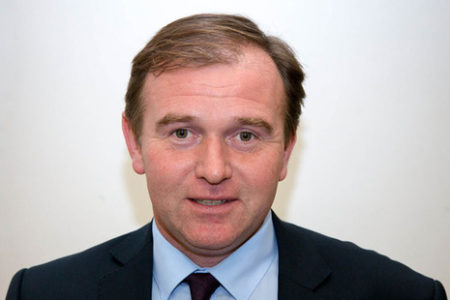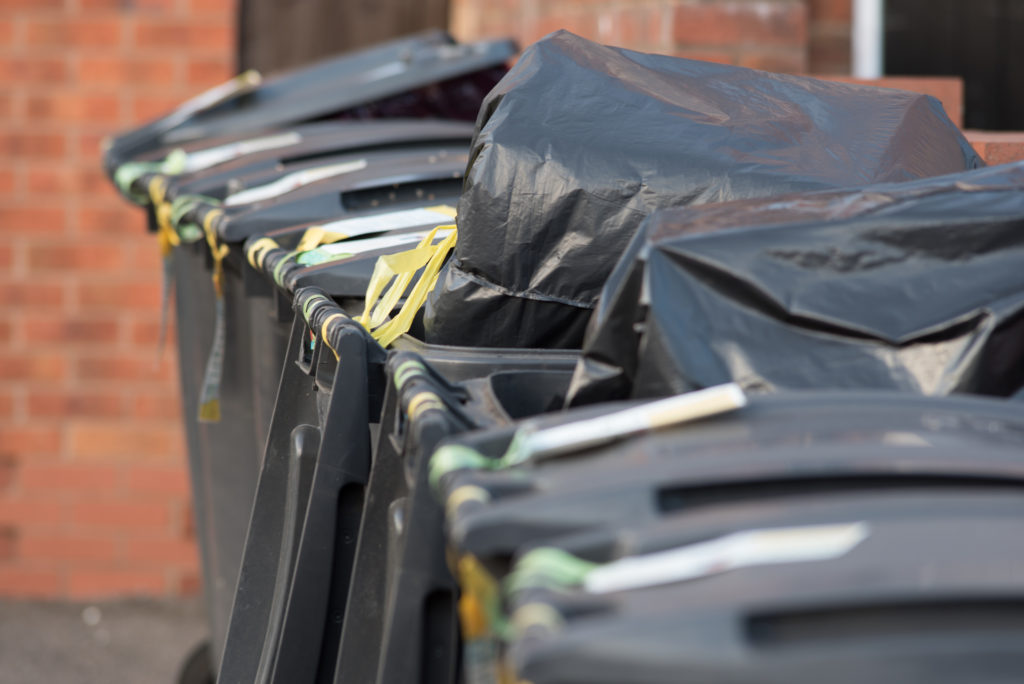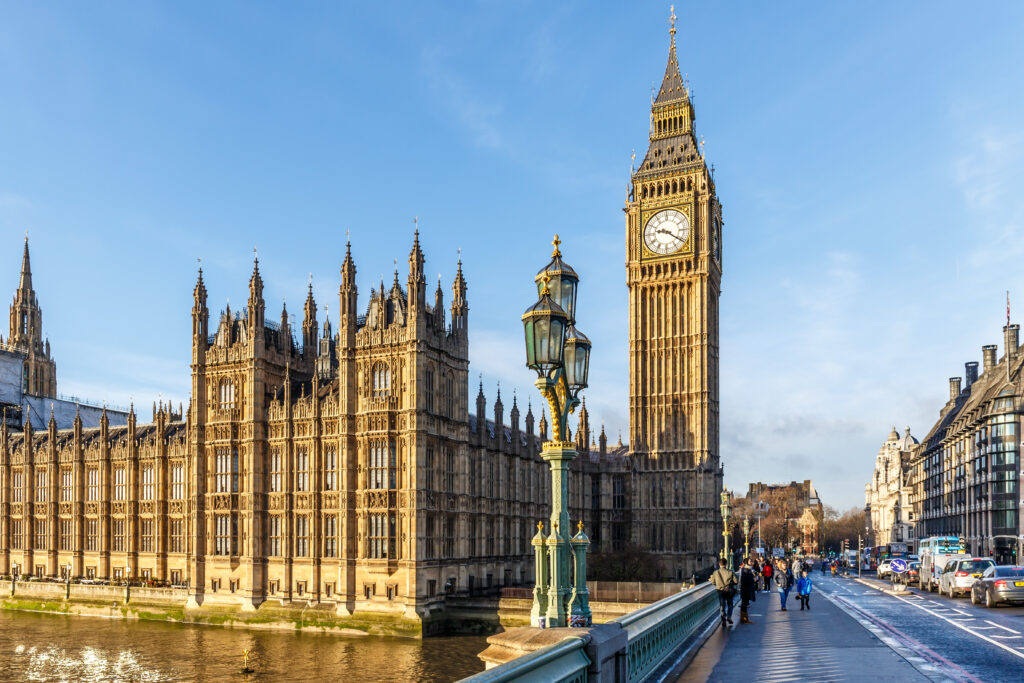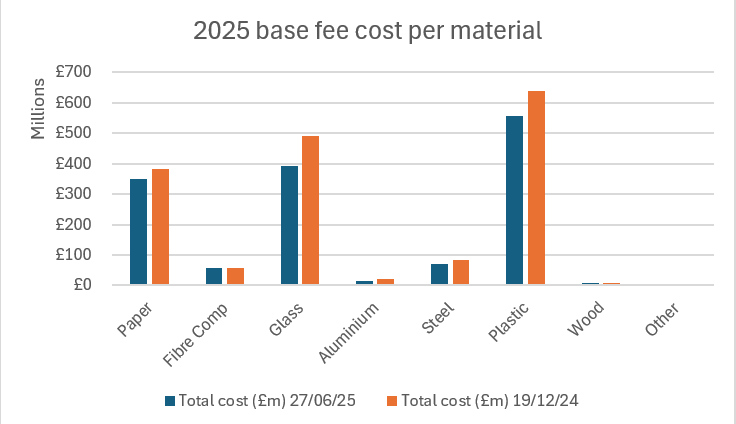It is proposed that this will be measured as a reduction from 2019 levels, which are estimated at approximately 560kg per capita. The target excludes “major mineral wastes”.
Defra has proposed the target alongside several others covering water, air quality, and biodiversity as part of the Environment Act, which became law in November last year (see letsrecycle.com story).
The targets will now be subject to an eight-week consultation period where the government will seek the views of environment groups, local authorities, and stakeholders.
In a statement, environment secretary George Eustice said: “These proposed targets are intended to set a clear, long-term plan for nature’s recovery.
“In a post-EU era we now have the freedom to move towards a system that focuses on nature’s recovery as well as its preservation, and which places more emphasis on science and less emphasis on legal process.
“This change in approach will help us in the pursuit of the targets we are setting under the Environment Act.”
Residual waste
Defra says the proposed target ensures it takes a “holistic” view of waste, which avoids incentivising substitution materials for those with “worse environmental impacts” through material-specific targets.

There is a separate, existing government commitment within its 25 Year Environment Plan to eliminate avoidable plastic waste by 2042, Defra says, “to address the significant public concern”.
Defra proposes to measure at the endpoint of waste management, to include the treatments that are typically associated with mixed residual waste, such as sending it to landfill, putting it through incineration, sending it overseas for energy recovery, or using it in energy recovery for transport fuel.
The government will continue to review which treatments are “appropriate” to include as new technologies and treatment options emerge, Defra says.
Environment Agency data on permitted waste site activities and international waste shipments will be used to report on the metric.
The target excludes waste sent for anaerobic digestion, as it is “one of the least detrimental end of life treatment options for food waste when considering climate change impacts and depletion of natural resources”, Defra says.
Target
Defra says the proposed target level is based on modelling the collective impacts of the planned collection and packaging reforms on residual waste, as well as considering “potential future pathways”.

Defra describes the target as “ambitious”, adding that the major reforms under the Resources and Waste Strategy are only expected to get it halfway to its target.
Meeting the target will require progress beyond the current commitment to achieve a 65% municipal recycling rate by 2035, Defra says, to around 70-75% by 2042.
This pathway assumes “sufficient” private investment in necessary infrastructure and “significant” behavioural change.
Useful links









Subscribe for free